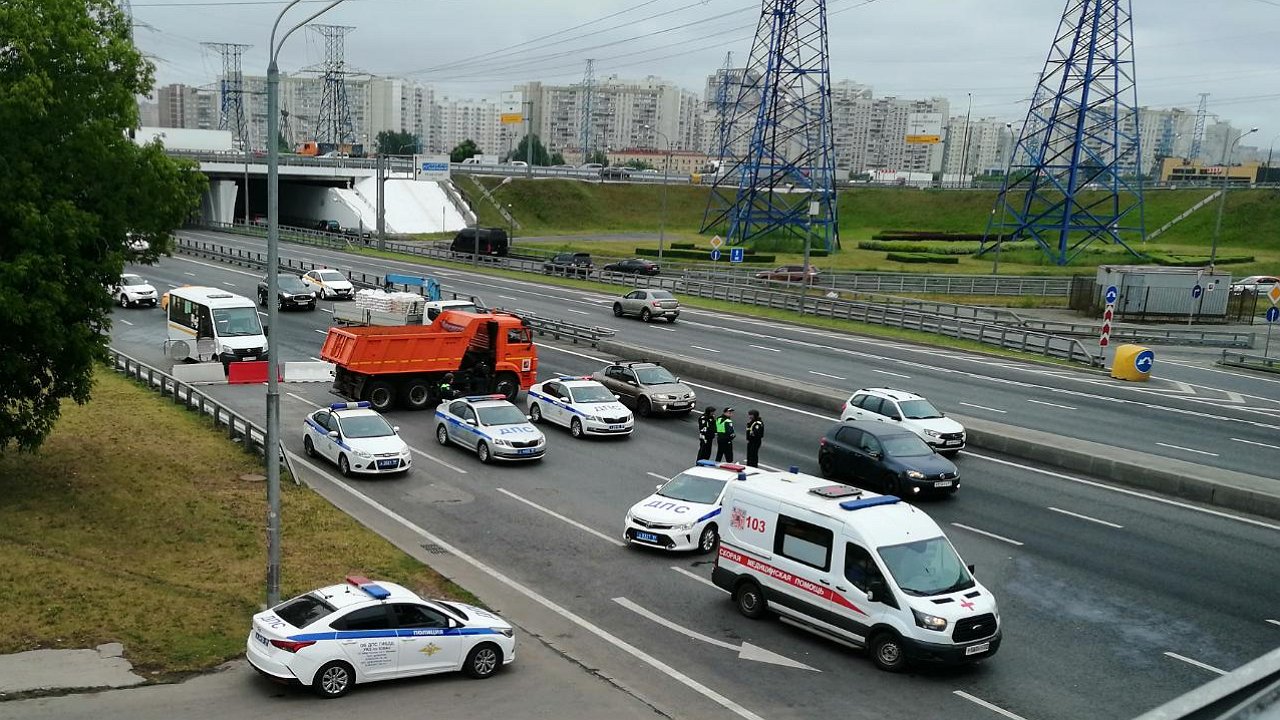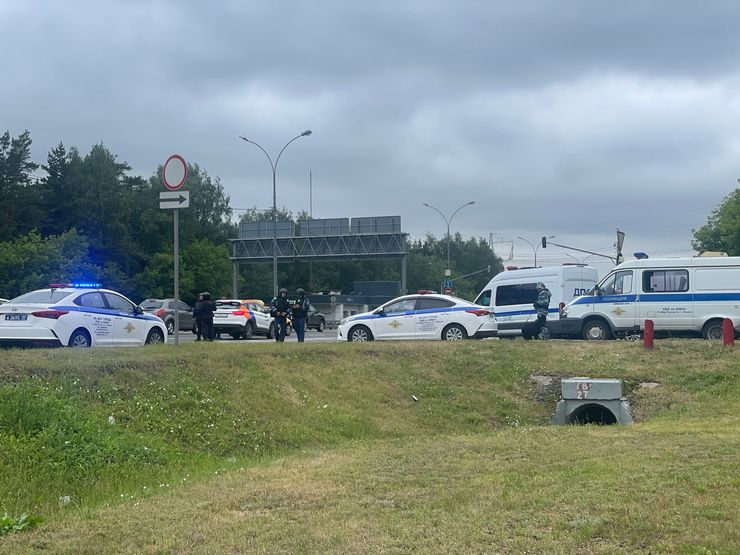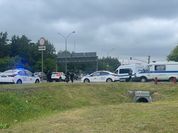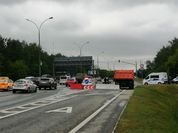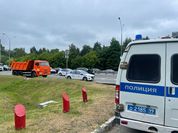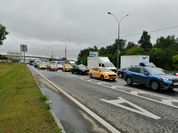The unexpected demarche of the PMC “Wagner” – one of the most combat-ready and productive military units participating in the NVO – not only affected the political life of the country, but also had a counterproductive effect on ordinary motorists. Tens of thousands of motorists on federal highways southbound in the country are stuck in massive traffic jams.
According to news reports and data from online maps, traffic is completely blocked on some sections of the M4 Don highway in Rostov, Voronezh, Lipetsk and Tula regions. In the Moscow region, according to the regional Ministry of Transport, traffic restrictions have been introduced on the Don, Crimea and Urals highways. Military cordons have been set up. In Moscow, the situation is calmer.
Yes, reinforced traffic police and police teams are on duty at the entrances and exits of the city. The soldiers are equipped with helmets and body armor, but military equipment is not visible at the posts. Sergei Sobyanin said that there are no restrictions when entering and leaving Moscow:
– There are many reports of traffic closures at the entrances and exits of the city. This information is not true. But in connection with the strengthening of measures to carry out verification activities, there may be traffic problems, the mayor of the capital said.
Indeed, there are difficulties with movement. As the correspondent of the AvtoVzglyal portal was able to assure, a several-kilometer traffic jam formed on Novoryazanskoye Highway, which turns into Volgogradsky Prospekt.







